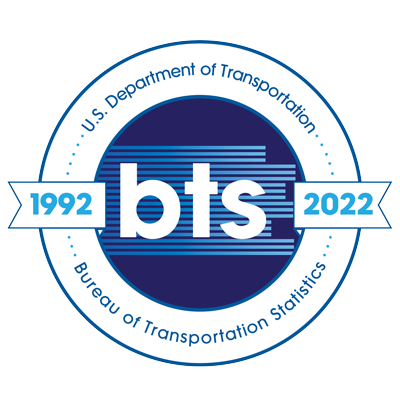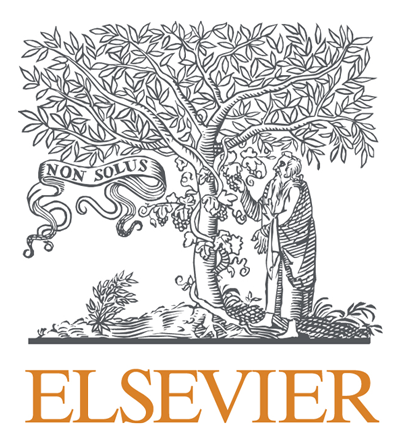Enhanced Two-Step Virtual Catchment Area (E2SVCA) Model to Measure Telehealth Accessibility
Topics:
Keywords: Telehealth Care Accessibility, Public Health, E2SFCA, 2SVCA, E2SVCA
Abstract Type: Poster Abstract
Authors:
Yaxiong Shao, Northern Illinois University
Wei Luo, Northern Illinois University
,
,
,
,
,
,
,
,
Abstract
Telehealth became a popular choice due to the COVID-19 pandemic. Evaluating telehealth care accessibility is an essential step toward healthcare equality. A lot of studies focused on measuring spatial healthcare accessibility and few studies on accessibility in Telehealth. The Two-Step Virtual Catchment Area (2SVCA) method is one of the few on Telehealth. However, the 2SVCA model only considers the two scenarios of having network access and not having it and ignores the case that the Internet speed cannot meet the minimum requirement for video conference and the average Internet speed was used to represent the speed of the Census Block. Here we present an improvement to the 2SVCA method by addressing these shortcomings and call the new method the Enhanced Two-Step Virtual Catchment Area (E2SVCA) model. We replaced the binary broadband strengths joint function with a step-wise function, which correctly indicates that the patient cannot have telehealth care service if the speed cannot meet the minimum requirement of the video conference. Furthermore, our study found that the average Internet speed is not a good representation of the speed of that Census Block, because the average speed is highly affected by the outliers. We explored 3 different metrics to represent the Internet speed of the Census Block, such as minimum available speed and most frequent Internet speed in the Census Block. The results show that the 2SVCA model overestimates healthcare in many areas, whereas the E2SVCA model better reflects reality and more appropriately reveals low accessibility regions.
Enhanced Two-Step Virtual Catchment Area (E2SVCA) Model to Measure Telehealth Accessibility
Category
Poster Abstract








